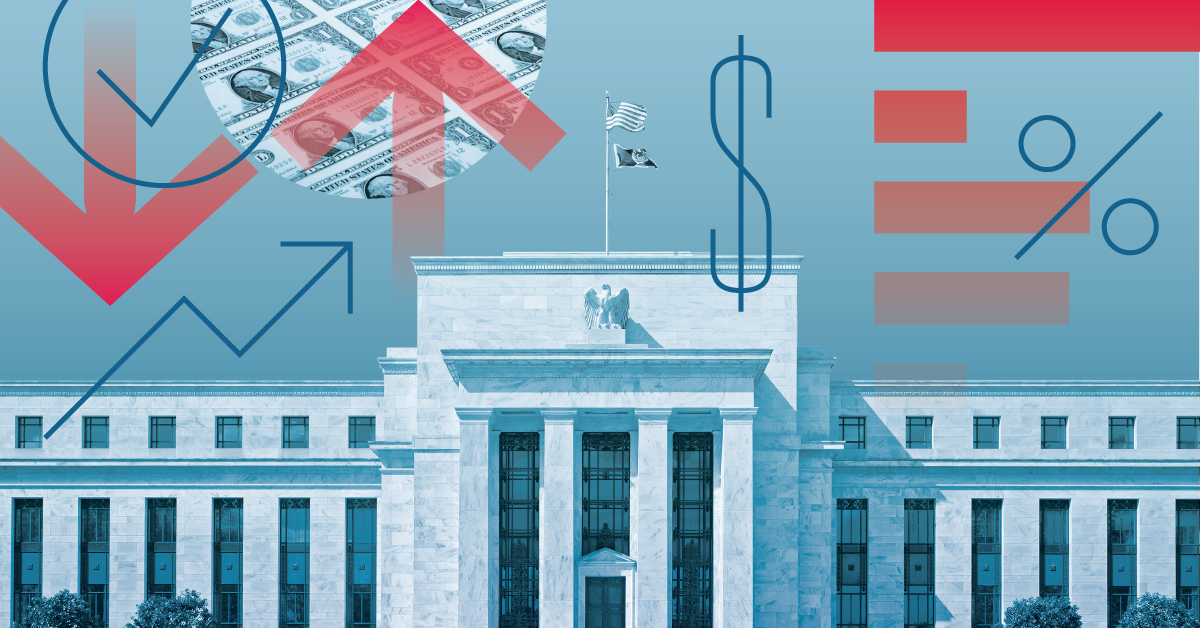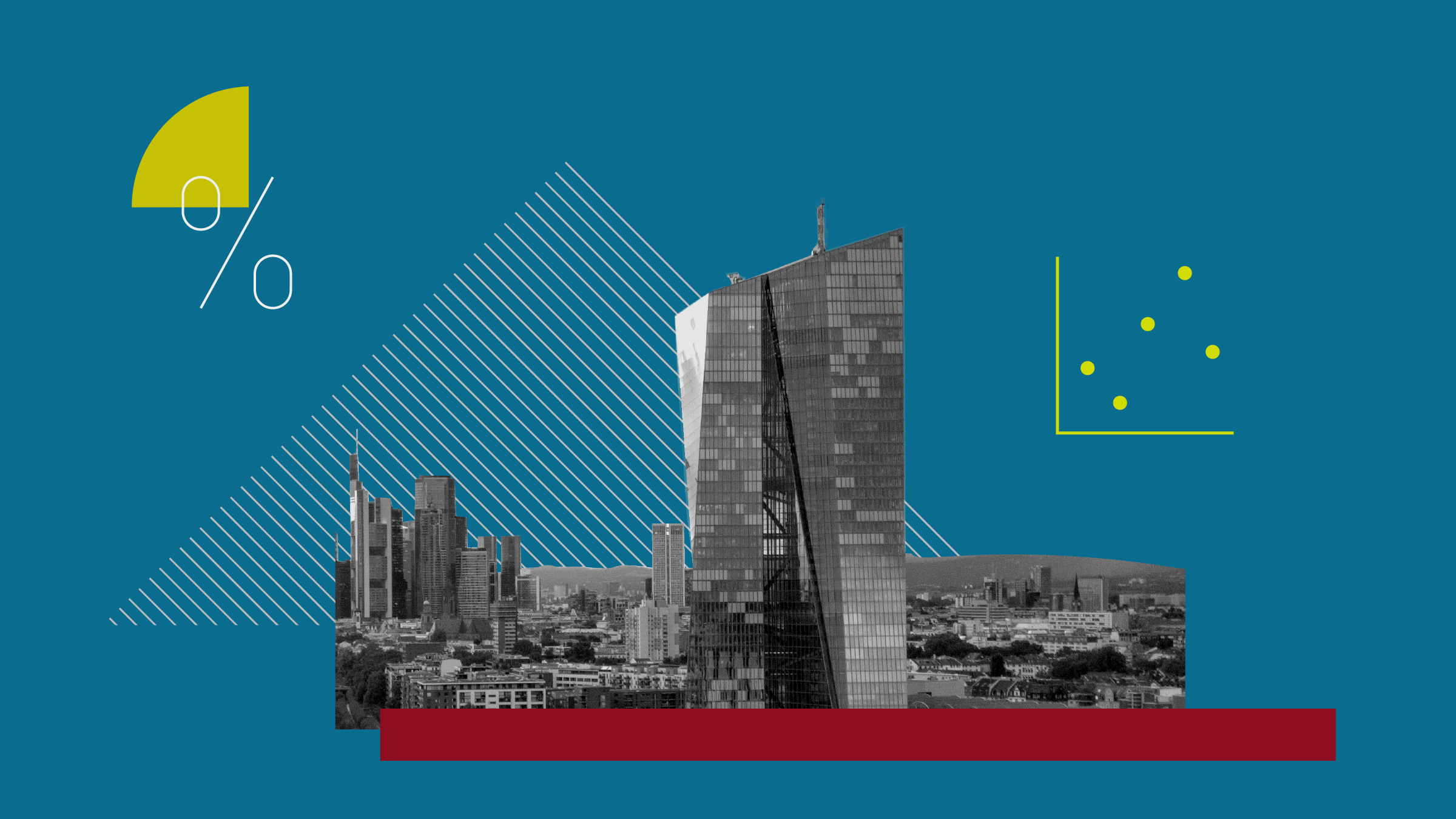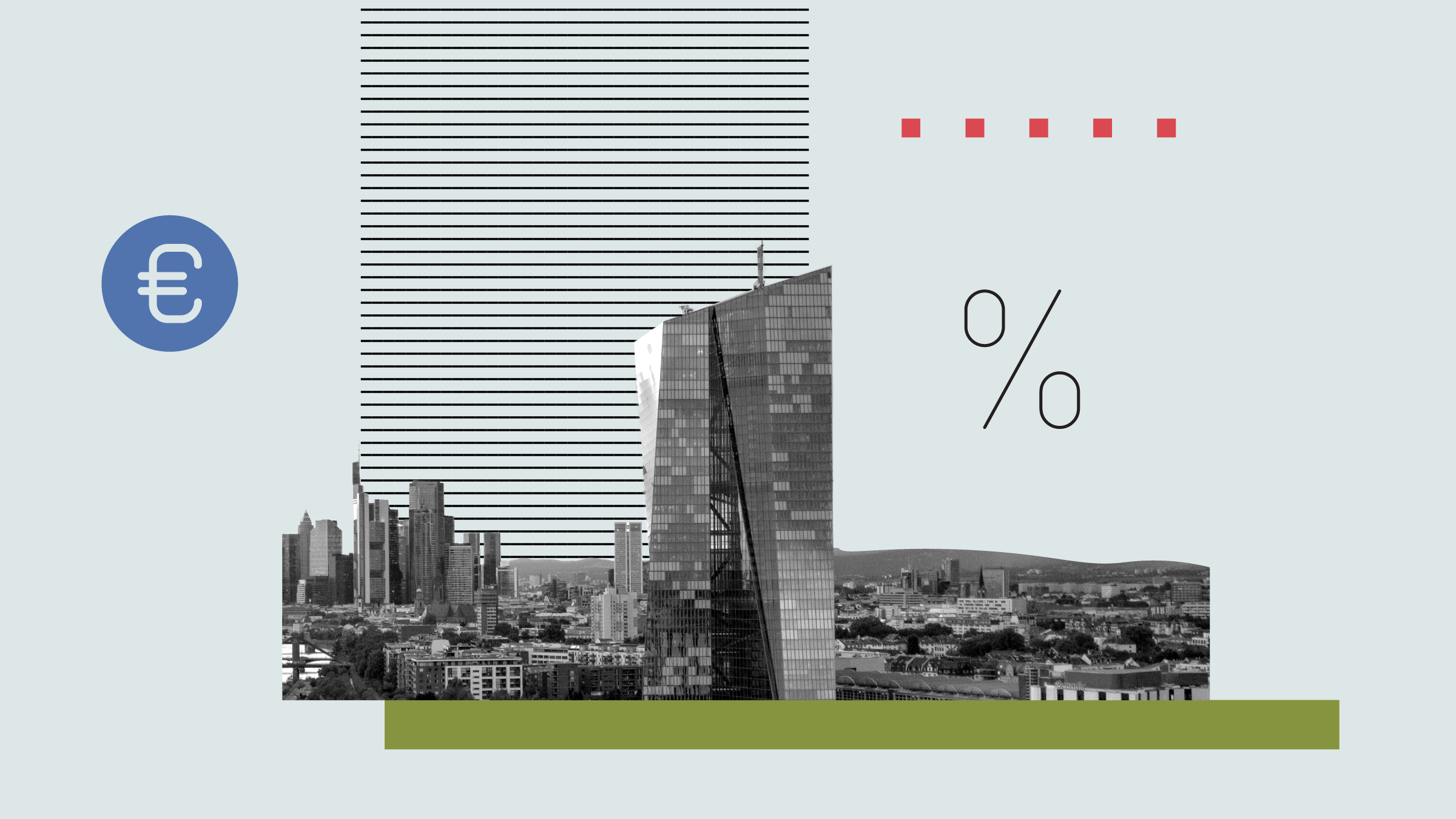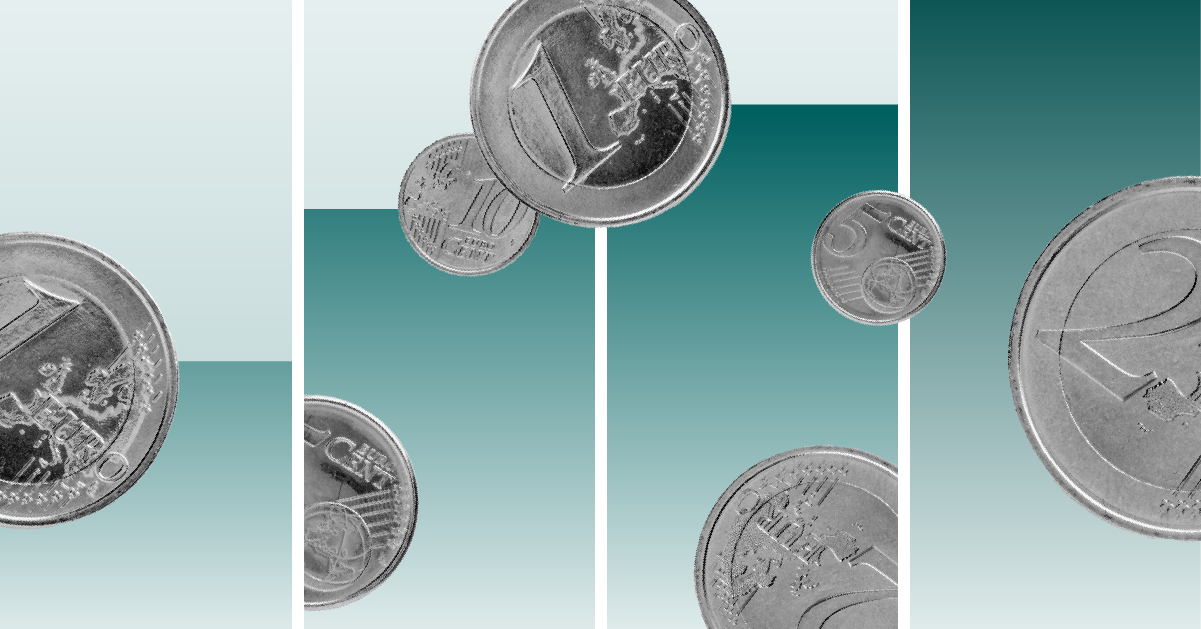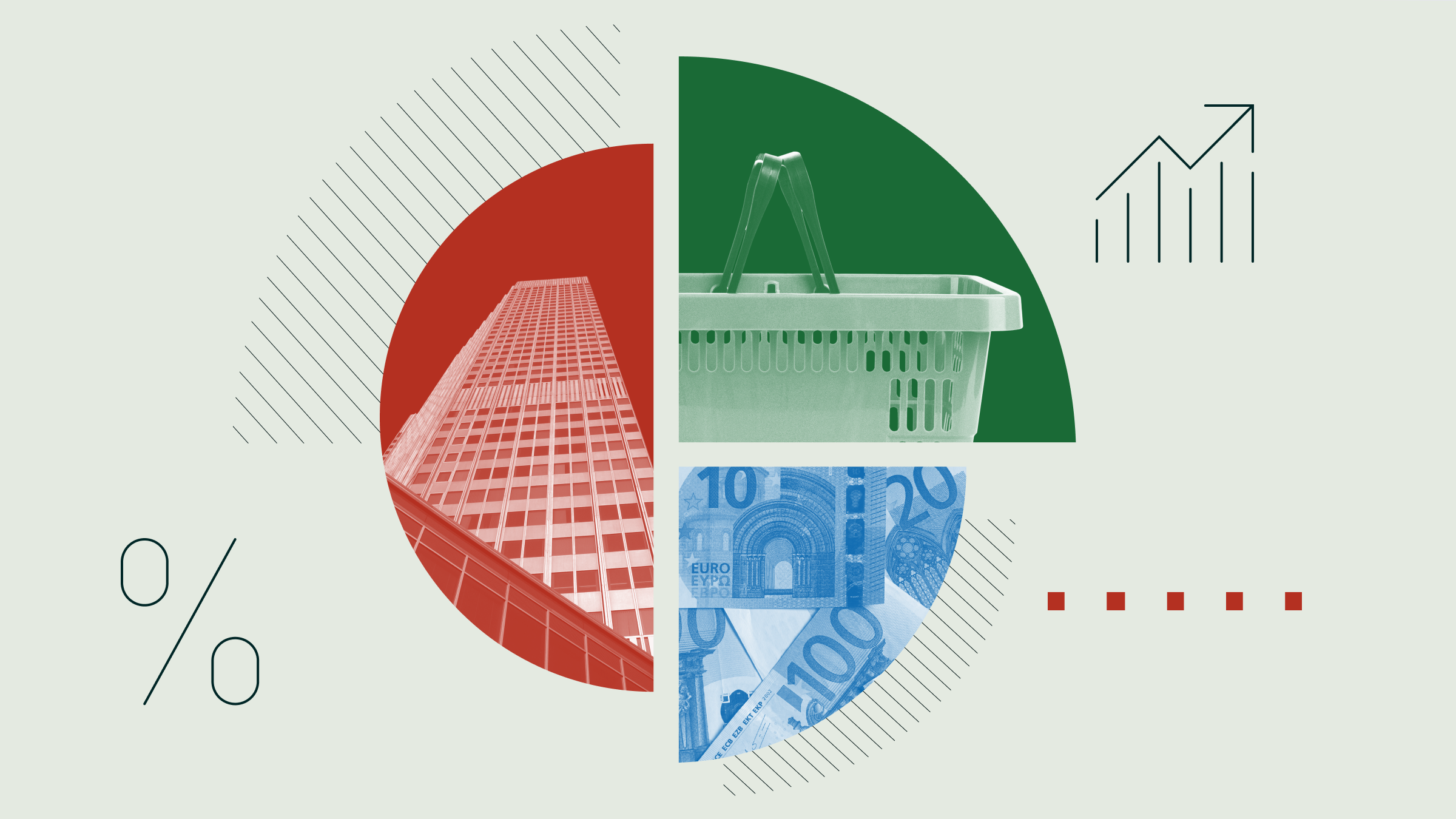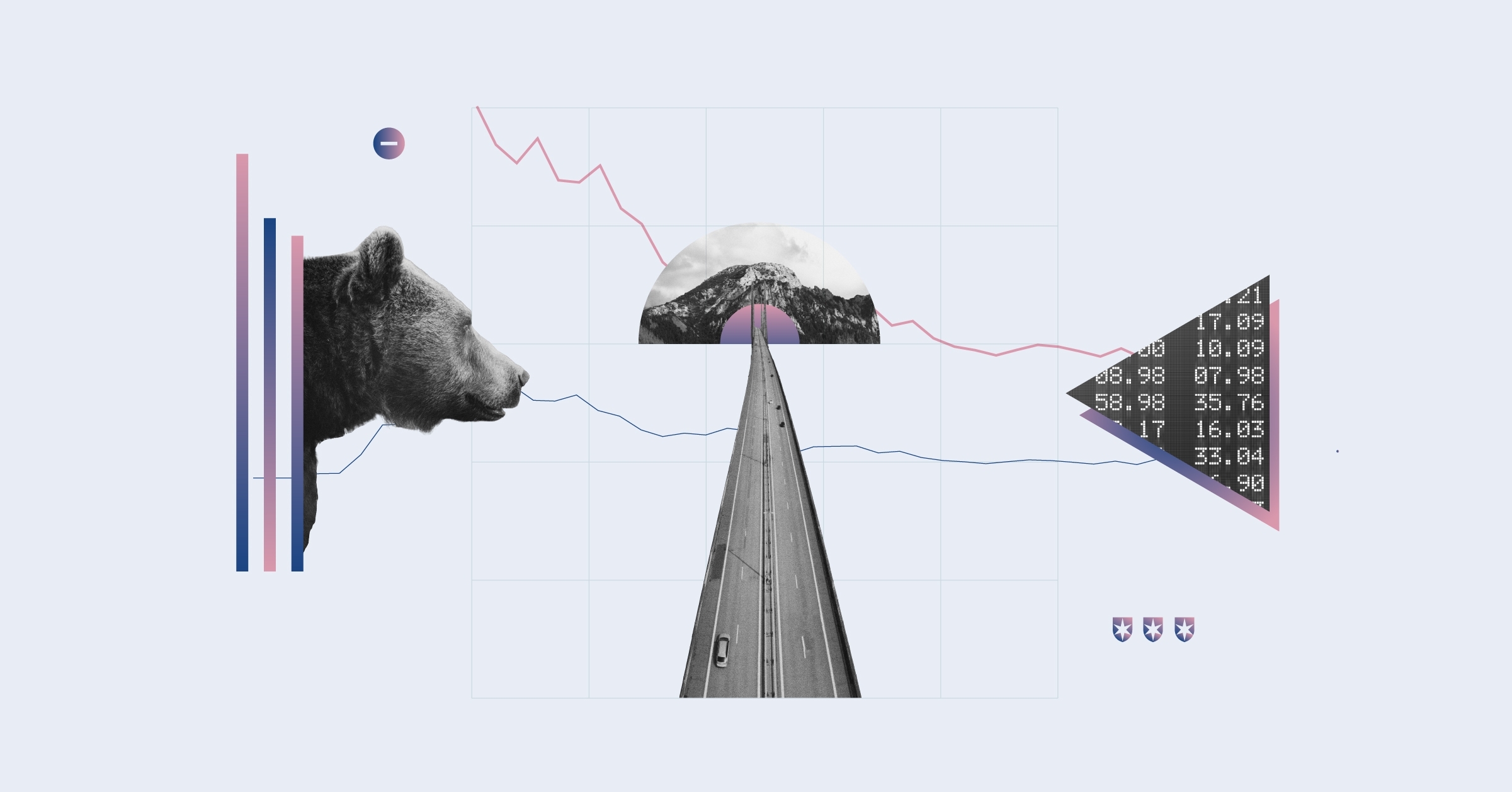Miriam Sjoblom: Hi, I am Miriam Sjoblom, associate director of fixed income Fund Research at Morningstar. I'm here today with BlackRock's Rick Rieder who is the chief investment officer of fixed-income fundamental portfolios and also portfolio manager of BlackRock Total Return and Strategic Income Opportunities. Thanks for joining us today Rick.
Rick Rieder: Thank you. Thanks for having me.
Sjoblom: Well, you know there's been a lot going on in the market and a lot of policymaking decisions that have been impacting financial markets. I'd like to get your thoughts on the Federal Reserve's latest announcement of a new QE programme, quantitative easing. What is the Fed trying to accomplish and how successful do you think they'll be?
Rieder: I think market participants haven't given it enough credit in terms of the sheer size of it. Whether it's worth the cost, I think we'll learn years from now. The sheer size of it, though, is significant. When you think about it, it's open-ended and they're trying to target a higher nominal gross domestic product and maybe let the line out a bit on inflation to try to get to the point of full employment. The sheer size of what it could be, if you think they're going to keep going in this programme, if you think that Operation Twist ends at year-end and then they keep going down the QE programme, if it goes into 2014, which I think it could--because getting to full employment is so hard--I think when you actually look at the amount, in 10-year equivalents, that the Fed could buy, it could be literally 2 to 3 times the size of QE1, QE2.
Not only that, it is creating this dynamic in the markets of--if you think about buying mortgages and Treasuries, two thirds of fixed income for the [Barclays Aggregate Bond Index] is mortgages and treasuries--you're creating this dynamic where it is functionally the Fed saying, "I'm going to own two thirds of fixed income. You better figure out something else to do." It's creating this portfolio-rebalancing effect; it's creating this investment in credit--high-yield and investment-grade--it's forcing banks to invest and to lend; it [creates commercial and industrial] lending.
I think time will tell. I think it will create a little bit more inflation than we've had. I have not been worried about inflation the last two or three years. I actually think this will create a little bit of inflation, but I think this is a bigger deal when you see it over time how it plays out. It also has some flexibility to it, but I think it's a bigger deal than markets give it credit for.
Sjoblom: Some analysts are concerned that all the liquidity being pumped into the system globally by central banks will eventually lead to rising rates, and are rising rates something that bond investors need to be fearful of?
Rieder: So I have said "no" for a long time, and I've said that I think we're going to be in a low-rate environment for a long time. I still think we're going to be in a low-rate environment for a long time. I think part of this year of financial repression keeps going because financial repression is all the debt on a system; it's not just government debt. I think we're in that year. I think central banks have to keep real rates low to bring down the leverage. I also think we're going through this extraordinary dynamic that I've never seen in 26 years of investing where the population is aging and living longer and needing income and yield at the same time the deleveraging is taking place. Deleveraging means less fixed income created, so there is pressure on rates staying low because there is not enough product being created relative to demand.
The only thing that I do believe in that's different now is I do think that with fixed income--because you are getting issuance, low coupon debt being issued, low coupon Treasuries, low coupon mortgage--duration, or the risk of fixed income, is actually growing now. And maybe a little bit of inflation comes in now because you are starting to get credit creation to pick up again. I think we'll still be in a low-rate environment. I think that the fixed-income market is becoming more sensitive to interest rates now than it has certainly in the last three or four years. I think it's being sensitive to potential duration risk, or interest-rate risk, being more flexible in your portfolio to move around, so you are not counting on the last 20 years--and not in a straight line, but interest rates have come straight down for 20 years to where we are today. We're not going to keep going that way. So it stays here, maybe drifts up a little bit. I think you have to find other ways to generate return on fixed income.
Sjoblom: You mentioned the Fed sort of pushing investors out to find yield in high-yield credit, taking more credit risk. We've had such a great run for structured credit, for high yield this year. How attractive do you think those areas of the bond market are after everything that's happened so far?
Rieder: I would say every year, as one year ends and you move into the next, there is an uncertainty about what does next year bring. And we've spent a lot of time in the last few days, last few weeks trying to think about what does next year bring? I think they're still going to be a need for yield, and I still think especially what the Fed is doing, especially with this demographic component, there is still a real need for yield. Some of these asset classes have tightened a lot and don't represent near the value they represented a year ago or two years ago.
I still think that there are opportunities that will present themselves next year in some of these asset classes--issuance that will come, the emerging markets that will be attractive, issuance as the volatility in Europe continues to be profound, opportunists to take advantage of credit risk, sovereign risk that takes place in Europe. So I am as excited as I've ever been going into a new year. Think about this year coming in where spreads were wider and yields were higher, you had more of an opportunity that was easier to think about what we call beta. Well now I think it's going to be more about how do you create alpha from volatile dynamic markets.
Sjoblom: Is there a reason to be concerned at all about some investors potentially just kind of blindly going on a pursuit of yield? Are we at that stage yet?
Rieder: I think the one thing that doesn't get as much play as it should is that this duration risk is now building. And I don't think rates are going to move higher, but I think people will be surprised particularly in longer interest-rate risk, 30-year Treasuries. I was describing it the other day, you take the volatility of 30-year Treasuries, it doesn't take much to blow your entire annual yield. I mean, literally, if you had a 15-basis-point rise in interest rates in 30-year Treasuries, your whole annual yield is gone because now it gives a long duration. I think because we've been in a low-rate environment, because the Fed's been doing what they are doing, there is a natural tendency not to think that broad rates could go up again. I don't think they are moving significantly, but I do think longer-term interest rates, if inflation picks up, could move up, and the sensitivity is higher that I think people need to be cognisant of that entering portfolios.
Sjoblom: Can you give an example of an area of the market you're particularly finding a lot of good value in?
Rieder: I think some of the securitised markets, commercial mortgages, some of the non-agency mortgages are very attractive today. And I think if you try and line yourself up across assets that--we live in a world where monetary policy is such a big part of investment and fixed income and everything. Well those are assets that the fundamentals, the [US] housing market is improving, the real estate market broadly is improving, and valuations are still attractive that I think going into next year we think you'll continue to see momentum in housing. You'll certainly have a supportive Federal Reserve to try and continue to create this housing and real estate improvement. So those are asset classes that although they have clearly done better over the last year, we are excited about other parts of the markets like collateralised loan obligations that are well-structured, and really high-quality CLOs that provide a lot of yield today that we are excited about that we think going into next year could be real value. And [we like] emerging markets as well in Asia, which I think any growth in Asia will be better than the rest of the world. And there are parts of the credit markets that are growing, developing, becoming more liquid, more regulated that we like quite a bit, as well.
Sjoblom: I know you've been getting a lot of questions about the fiscal cliff. As we look toward the end of this year, what sort of issues should bond investors be watching and worry of?
Rieder: I think one of the good points in the moniker fiscal cliff, it means at some point it's going to end and we could stop talking about it, because it drives so much of investment today, and the uncertainty about it is so profound. If you think about it, since I've been investing, I don't remember a singular point that could change GDP by 2% to 3%, so [it has had] such a huge impact on markets. I think going forward, and I really believe this, that you are going to create a broad framework for dealing with the fiscal cliff over the next number of weeks, and I think you'll get some willingness to negotiate. When people say we are going to get a grand bargain in the next three or four weeks or by the end of 2012, I don't think it's feasible given the time limits and disparate viewpoints on how to get there. So I think you'll create a broad framework that will be at compromise around tax increase and spending cuts and then would work into the first part of next year and actually hammer through exactly how that will take place. So I'm optimistic we'll get good news about compromise--I'm wishfully thinking that, as well--and then I think you hammer through details over the coming months.
Sjoblom: What about other issues in Europe, for example, or China? There are still some fears out there about a hard landing.
Rieder: Yes. Europe and China, well, we're going to finish 2013 and I think still going to be talking about risk in Europe and China. The growth in Europe--one of the differences between the US and Europe in many ways is Europe's deleveraging dynamics still has to play through in Europe in the banking system. Sovereign funding has to work through, but simultaneous to that, growth in Europe continues to be a really tangible concern. I think it's a very easy statement to say that European growth will be lower than the rest of the world for the next number of years. However, the growth you're seeing now is even below I think what people would forecast. I think that's something we really have to watch carefully, and how you take risk in Europe you have to be really thoughtful for, whether you're sensitive or too sensitive to potential growth not picking up the way it should.
If you said to me today, the biggest risk certainly for next six months, I still think it's Europe. I think it's effectuating the OMT [Outright Monetary Transactions] programmes so the European Central Bank can actually move forward and support the markets is a big deal. We are constructive and think that's going to happen.
China we think is actually going to be a decent story for the next few months, and we think economic growth will surprise people to the upside. You have a leadership transition. You have a lot of stimulus going into system. I think there are structural issues in China, including the banking system, including the leverage in the system, including no longer being able to benefit from inexpensive labour that's propelled your economy for a while and for a number of years. China is a tougher story. I don't think it's the next six-month-tough story. I think, as we get into the back part of next year, that you'll have to have it in the back of your mind as China is a difficult story, and it propels so much of global growth.
Sjoblom: Well, thank you so much for joining us today, Rick, and sharing your thoughts.
Rieder: Thank you. Thanks for having me.






